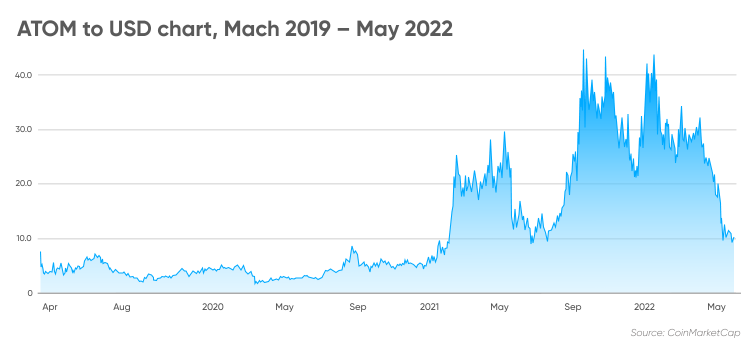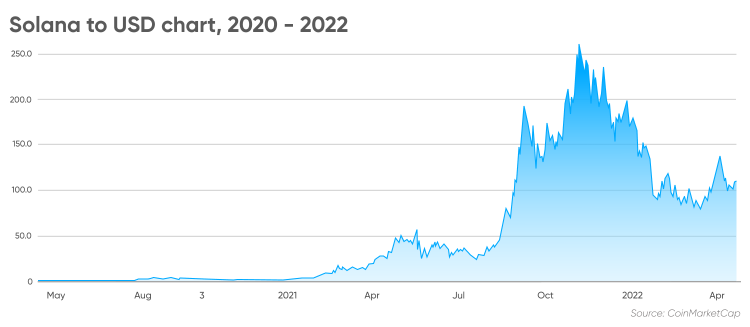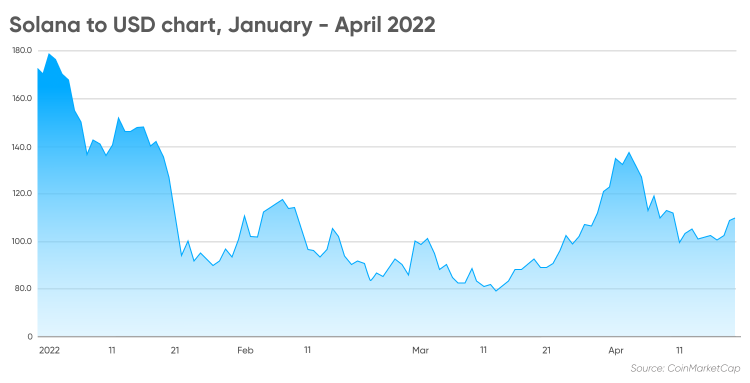Ideal decentralization refers to a system or network in which no single entity has control or the ability to make decisions for the entire system. Instead, power and decision-making are distributed among multiple participants, making it more difficult for any one person or group to manipulate or control the system. This ideal state could be Web4.
Web4 is not a widely used term and it’s not a consensus definition, so it may refer to different things depending on the context. However, some people use the term “Web4” to refer to the next generation of the World Wide Web, which would be even more decentralized and more focused on artificial intelligence, semantic web, and the internet of things, among other things. It would be characterized by more dynamic, autonomous, and interconnected systems that can learn from data, communicate with each other and adapt to changing environments. This would allow for more dynamic and adaptable systems that can learn from data and improve over time.
It’s important to note that Web4 is not an official term and it’s not a widely accepted concept in the industry, so the extent to which it would be more decentralized than the current web (Web3) or previous versions of the web would depend on how it is defined.
New decentralization
The idea behind Web4 is to create a more decentralized and autonomous web that allows for more direct interactions between users and devices without the need for intermediaries. This could include the use of decentralized technologies, such as blockchain, peer-to-peer networks, and distributed systems, to enable new forms of online interactions and services that are not controlled by centralized entities. Additionally, Web4 could also have a greater focus on AI and machine learning, which would allow for more dynamic and adaptable systems that can learn from data and improve over time.
Some of the advantages of a more decentralized web include:
-
Greater security and privacy, as users have more control over their data and online interactions
-
More open and transparent systems, as there is no central point of control or failure
-
Greater resilience and robustness, as the network can continue to function even if parts of it fail
-
More innovation and competition, as there are fewer barriers to entry for new players
Web4 is seen as the next evolution of the World Wide Web, building upon the decentralized technologies of Web3. In Web4, the user experience is streamlined and frictionless, with the underlying technical details abstracted away. This means that users won’t need to worry about the specific blockchain being used, the intricacies of ZK-Rollups, or setting the right gas limit for transactions. The gas wars and transaction fees of the current web3 will be a thing of the past.
Moreover, Web4 has the potential to create a circular crypto-economy that transcends physical and digital boundaries, making the need for fiat on and off ramps obsolete. This would be a significant disruption in the current financial system.
There are other interpretations of what Web4 could be, such as the “symbiotic web,” which refers to a symbiotic relationship between humans and machines, possibly even utilizing direct brain-machine interfaces.
Overall, the transition from Web1 to Web2, and now from Web3 to Web4, is similar in that it is a gradual process that opens new doors and invites more people to participate. While Web3 is still in its early stages and considered experimental, Web4 is expected to be more accessible and user-friendly, making it more widely adopted by the general public.
Where are the opportunities?
Web 4.0 offers a wealth of possibilities for companies and individuals. The symbiotic web will enable the creation of more personalized experiences, allowing businesses to better understand their customers and provide tailored content.
AI-powered automation will improve efficiency, speed up time to market and lower costs, giving businesses a competitive edge and better customer service.
The combination of hardware, software and data will enable the development of new products and services, such as connected devices that interact with users and gather data for personalization.
Web 4.0 also opens up new revenue streams, like targeted advertising or subscription services, using data collected.
Additionally, VR and AR applications will allow for new ways for businesses to engage with customers, for example, creating an AR application that allows customers to interact with products in a 3D space.
In summary, what do we see in Web4?
1) Industry 4.0 full automation
2) Decentralized sustainable metaverse + AR + VR
3) AI making steps into the decentralized realm
4) Real decentralized app and economies
5) Real power back to the users
Web5 and Jack
In 2022, Jack Dorsey, the former CEO of Twitter, emerged as a leading figure in the development of Web5. He shared his vision for the next generation of the internet at the Consensus crypto and blockchain conference. Dorsey’s team at TBD, the Bitcoin-focused division of his fintech company Block (formerly known as Square), supports him in this endeavour.
According to Dorsey, Web5 is a solution to the issues he has with Web3, particularly his belief that it will never fully achieve decentralization.
“You don’t own ‘Web3.’ The [venture capitalists] and their [limited partners] do,” Dorsey said in a tweet, referring to the billions being poured into Web3. “It will never escape their incentives. It’s ultimately a centralized entity with a different label.”
“Know what you’re getting into,” he warned.
Ending note:
Yes, it’s important to note that true decentralization is a core principle of a decentralized economy. This means that there is no central authority or intermediary controlling or managing the network or its transactions. Instead, power and control is distributed among the network’s participants, and decisions are made through consensus mechanisms such as voting or proof of work. Decentralization ensures that the network is resistant to censorship, fraud, and other malicious activities and that the network’s users have full control over their own assets.
Perhaps, Web4 is a chance for us to redefine decentralization, reform and improve decentralization, and revalue the true meaning behind decentralisation.
Source: https://www.binance.com/en/feed/post/217984


Anndy Lian is an early blockchain adopter and experienced serial entrepreneur who is known for his work in the government sector. He is a best selling book author- “NFT: From Zero to Hero” and “Blockchain Revolution 2030”.
Currently, he is appointed as the Chief Digital Advisor at Mongolia Productivity Organization, championing national digitization. Prior to his current appointments, he was the Chairman of BigONE Exchange, a global top 30 ranked crypto spot exchange and was also the Advisory Board Member for Hyundai DAC, the blockchain arm of South Korea’s largest car manufacturer Hyundai Motor Group. Lian played a pivotal role as the Blockchain Advisor for Asian Productivity Organisation (APO), an intergovernmental organization committed to improving productivity in the Asia-Pacific region.
An avid supporter of incubating start-ups, Anndy has also been a private investor for the past eight years. With a growth investment mindset, Anndy strategically demonstrates this in the companies he chooses to be involved with. He believes that what he is doing through blockchain technology currently will revolutionise and redefine traditional businesses. He also believes that the blockchain industry has to be “redecentralised”.






